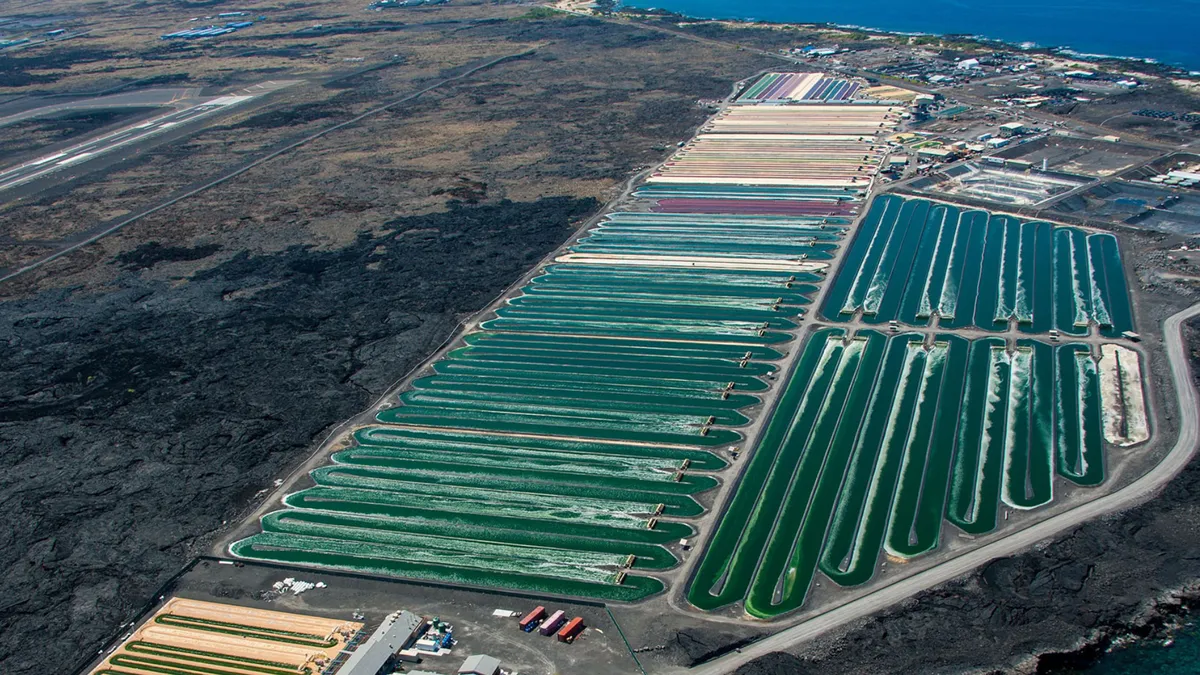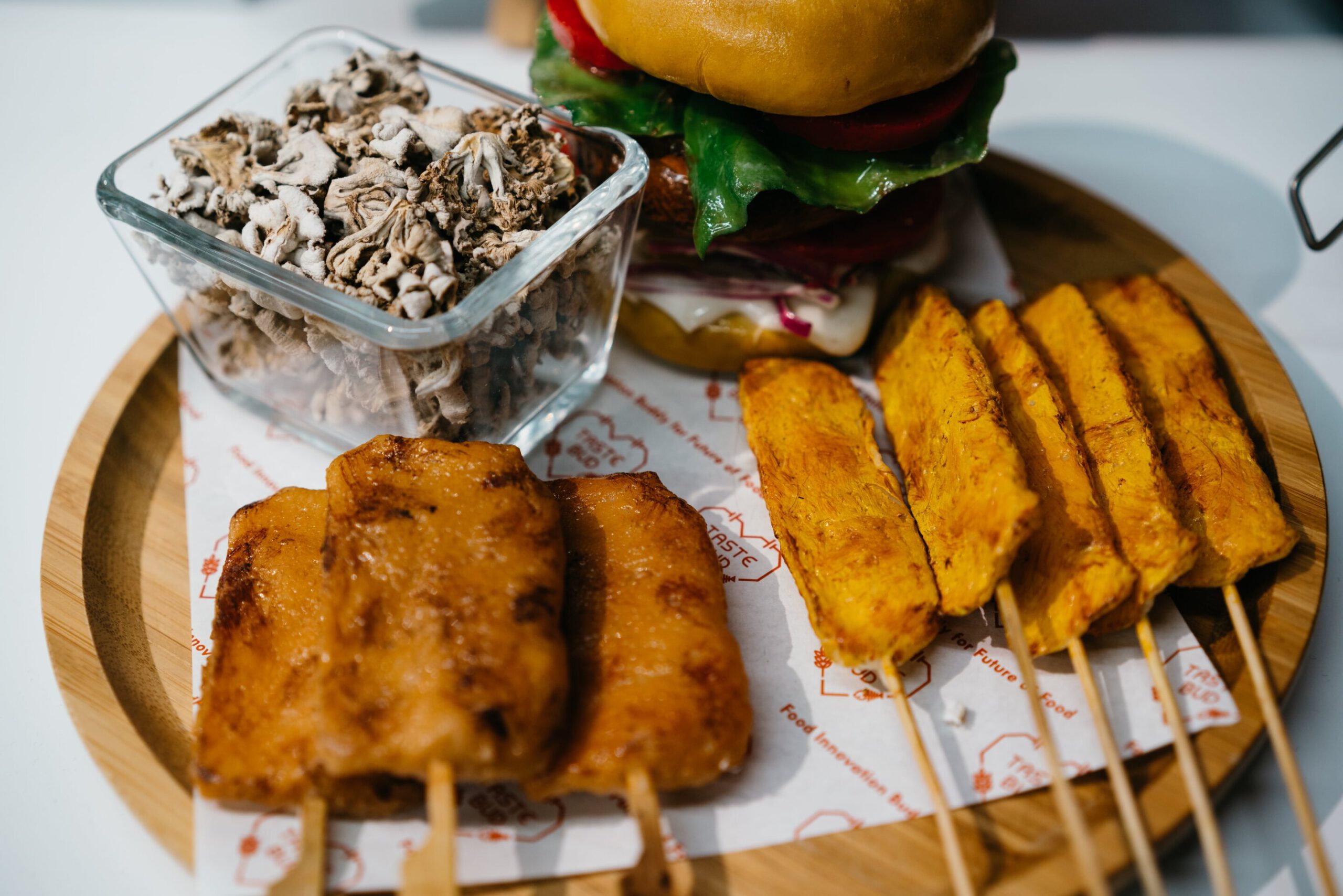Quotes from Vegconomist, May 23, 2024
Citrus Fiber as Optimal Binder for Plant-Based Meat Alternatives
A study funded by the Master of Food Technology (MoFT) program at Universiti Putra Malaysia has conducted in-depth research into healthy and sustainable binders for plant-based meat alternatives. The research focused on identifying natural replacements for commonly used synthetic ingredients, such as methylcellulose (MC). Through this comprehensive study, it was found that citrus fiber emerged as the optimal choice.
Citrus fiber not only serves as an effective binder but also aligns with the goals of enhancing the healthfulness and sustainability of plant-based meat products. This discovery has significant implications for the food technology field, as it offers a viable, natural alternative to synthetic additives, potentially leading to cleaner labels and more eco-friendly food production practices.
The researchers conducted a thorough evaluation of the physicochemical and sensorial properties of plant-based meat patties, specifically those made with protein textures. In their study, they tested the potential of incorporating different types of fibers, namely pea, citrus, and apple fibers, to enhance the quality of these meat alternatives. Their primary focus was to understand how these fibers would affect several key attributes of the patties.
They assessed factors such as taste, color, and texture, as well as functional properties like moisture retention, strength, pH levels, and emulsion stability. Additionally, the researchers aimed to determine the overall acceptability of the patties to ensure that any improvements in specific properties would contribute to a more desirable product for consumers.

To determine the most effective binder to replace methylcellulose (MC), the scientists prepared five distinct types of patties for comparison. These patties included a negative control, which contained neither MC nor any enzymatically treated fiber, and a positive control, which included MC. Additionally, the team formulated three other patties, each incorporating a different type of enzymatically treated fiber: pea fiber, citrus fiber, and apple fiber. By evaluating these variations, the researchers aimed to identify the best alternative binder. The outcomes of their investigation are as follows:
Taste, color, and texture
A group of 50 panelists conducted taste tests and found that patties containing three different types of fiber were just as flavorful as the main control patty. In terms of color, the patties showed varying results before and after cooking. Before cooking, patties made with pea fiber were the lightest in color, whereas those containing apple fiber were the darkest. After the cooking process, all the patties, except for the ones with apple fiber, experienced a noticeable darkening.
The authors of the study highlighted that the apple fiber patties exhibited a distinct color change, which they attributed to the natural color of the apple fiber reacting to the heat during cooking. This significant color alteration set the apple fiber patties apart from the others.

The protein content in all the patties was quite similar, falling within the range of 16% to 17%. However, the plant-based meat that used citrus and apple binders stood out due to its higher fiber content compared to the other samples. In terms of fat content, all the patties showed similar levels, although the main control sample with methylcellulose (MC) binder had a slightly lower fat content than the control sample without any binders. When looking at carbohydrates, the patties containing apple fiber and the main control sample had comparable levels. Both of these had a higher carbohydrate content than the other samples in the study.
pH, cooking, and structure
When examining properties such as pH, which is a measure of acidity, it was found that the patties with added plant fibers exhibited a slightly lower pH compared to the control patties. The researchers suggest that this decrease in pH could be attributed to the chemicals used during the processing of the plant fibers. Additionally, all the patties, including those with plant fibers, demonstrated comparable water retention abilities to those made with traditional binders.
In terms of emulsion stability, which refers to how well the ingredients are able to mix and remain combined, the study revealed that the patties containing apple fiber performed the best. These patties released the least amount of fluid, indicating superior emulsion stability. This finding highlights the effectiveness of apple fiber in maintaining the mixture of ingredients within the patties.











